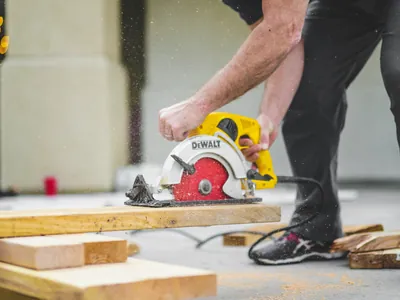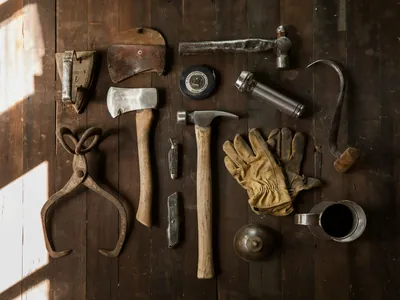Caulking Techniques: Sealing Gaps and Cracks

A clean, smooth bead of caulk does more than just look good. It seals gaps to prevent air leaks, stops water from getting behind fixtures, and provides a flexible seal between different materials. Learning how to caulk like a pro is a valuable skill that can improve your home's energy efficiency and prevent costly water damage.
📋 Step 1: Preparation is Key
A perfect caulking job starts with proper prep work.
🔫 Step 2: Applying the Caulk
The technique is all about consistency.
✨ Step 3: Tooling for a Smooth Finish
This step creates the clean, professional look.
Smoothing the Bead:
- Immediately after applying the caulk, run your finger (dipped in a little water for latex caulk) or a caulk finishing tool lightly along the bead.
- This presses the caulk into the joint for a good seal and removes any excess.
- If you used painter's tape, remove it immediately after tooling by pulling it away from the caulk joint.
Choose the right caulk for the job. Use 100% silicone for tubs and showers due to its water resistance and flexibility. Use a paintable acrylic latex caulk for trim and baseboards.
A professional caulking job can make a world of difference in the look and feel of your home. For projects big and small, the handyman services at The Box Advantage Group can provide a perfect seal every time. Contact us for help with your home maintenance tasks.
